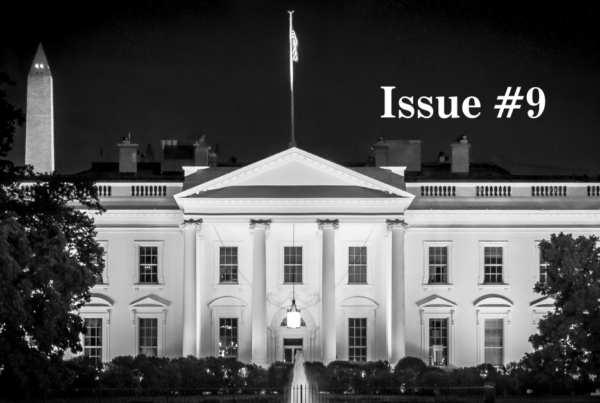USPS to Continue Accepting Packages from Hong Kong and China Despite New Executive Order
In a recent turn of events, the United States Postal Service (USPS) reversed its earlier decision to temporarily stop accepting packages from mainland China and Hong Kong. This comes after a new executive order mandating greater inspection of international parcels, particularly those originating from China, due to national security and regulatory concerns. Despite these heightened security measures, the USPS will continue to accept parcels from both regions.
Why Did USPS Initially Suspend Deliveries?
The suspension of services stems from a combination of logistical, security, and regulatory challenges. USPS officials have pointed to several key factors:
- Security Concerns: A rise in mail fraud and counterfeit goods originating from certain regions, including China, has made monitoring and regulating international shipments increasingly difficult. The halt in deliveries is a precautionary measure to improve security protocols and reduce illegal activity tied to cross-border shipments.
- Operational Disruptions: The COVID-19 pandemic severely impacted international shipping infrastructure, and while supply chains have slowly started to recover, challenges remain. The USPS, already operating under financial and operational pressures, has been unable to keep pace with the increasing volume of international parcels, especially those from China.
- Rising Costs: Shipping costs have skyrocketed in recent years due to fluctuating fuel prices, container shortages, and strained logistics networks. The USPS has been dealing with financial strain, and halting international deliveries from certain countries, including China, is seen as a way to streamline operations and curb rising expenses.
- China’s Regulatory Environment: China has its own complex set of regulations regarding customs, tariffs, and the movement of goods. Discrepancies between the United States and China’s postal and regulatory systems may have made it more difficult to manage mail flows efficiently, prompting this drastic measure.
How Could This Affect U.S. Consumers?
This halt presented a series of challenges, particularly for those who rely on affordable shipping from Chinese e-commerce platforms like Temu, Shein, and AliExpress, as well as American e-commerce companies with a strong Chinese vendor presence, such as eBay and Amazon. Many popular low-cost products, including electronics, clothing, and accessories, are shipped directly from China to consumers.
If the suspension resumes, here’s how the USPS’s decision may impact shoppers:
- Shipping Delays: Consumers who have already purchased from Chinese sellers may experience significant shipping delays as alternative carriers deliver these parcels. International shipping services such as UPS, FedEx, and DHL may fill the void, but they are often more expensive than USPS.
- Increased Costs: If alternative carriers cannot take over all of the volume, the cost of shipping from China may rise. Businesses that rely on USPS for affordable shipping options might need to explore other, more expensive ways to ship goods.
- Impact on Small Businesses: Small businesses that rely on Chinese suppliers to keep their inventory costs low could face supply chain disruptions. These businesses may be forced to explore new shipping methods or alternative suppliers, which could increase consumer prices.
E-Commerce Adaptation
The reversal of the USPS decision is a relief for major e-commerce platforms, particularly those reliant on Chinese suppliers. Chinese suppliers, who have been integral to the rise of low-cost global shopping, will face disruptions in getting their goods to U.S. consumers. Major platforms that rely on cross-border transactions may need to adapt their shipping options or revise delivery expectations for U.S.-based customers.
Is This a Permanent Change?
While USPS has clarified that it will continue to accept packages from China and Hong Kong, the situation remains fluid. The U.S. postal service has indicated that it will continue to monitor the situation, but it’s unclear if this is a temporary halt or a permanent shift in policy. If it’s a permanent change, businesses and consumers must adjust to the new reality of international shipping.
Alternatives for U.S. Consumers
Even with the new inspection protocols, there are still alternative shipping options available:
- Private Couriers: UPS, FedEx, and DHL may step in to offer alternatives, although costs may be higher than those associated with USPS.
- Third-Party Freight Services: Some e-commerce platforms or freight forwarding companies may offer solutions to bypass USPS’s halt, potentially offering a more expensive but reliable shipping service.
- Domestic Suppliers: Shoppers may need to adjust their buying habits and consider purchasing from domestic suppliers or other countries that have more stable shipping routes to the U.S.
Looking Ahead
While the USPS’s decision to continue accepting packages from Hong Kong and China provides some relief, the evolving situation underscores ongoing challenges within global shipping networks. The new executive order’s increased security measures will certainly impact shipping times, costs, and e-commerce operations.
As consumers, businesses, and postal services adapt, we can expect changes in the landscape of e-commerce, delivery services, and cross-border trade. It’s a reminder that while shopping online has become an integral part of everyday life, the systems supporting that convenience are still vulnerable to various challenges. Stay tuned for further updates as the situation unfolds.





